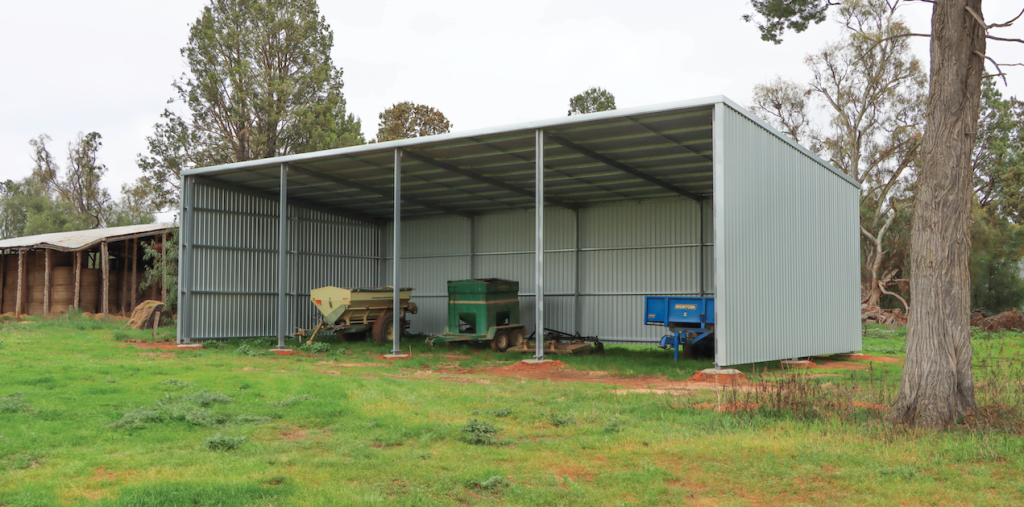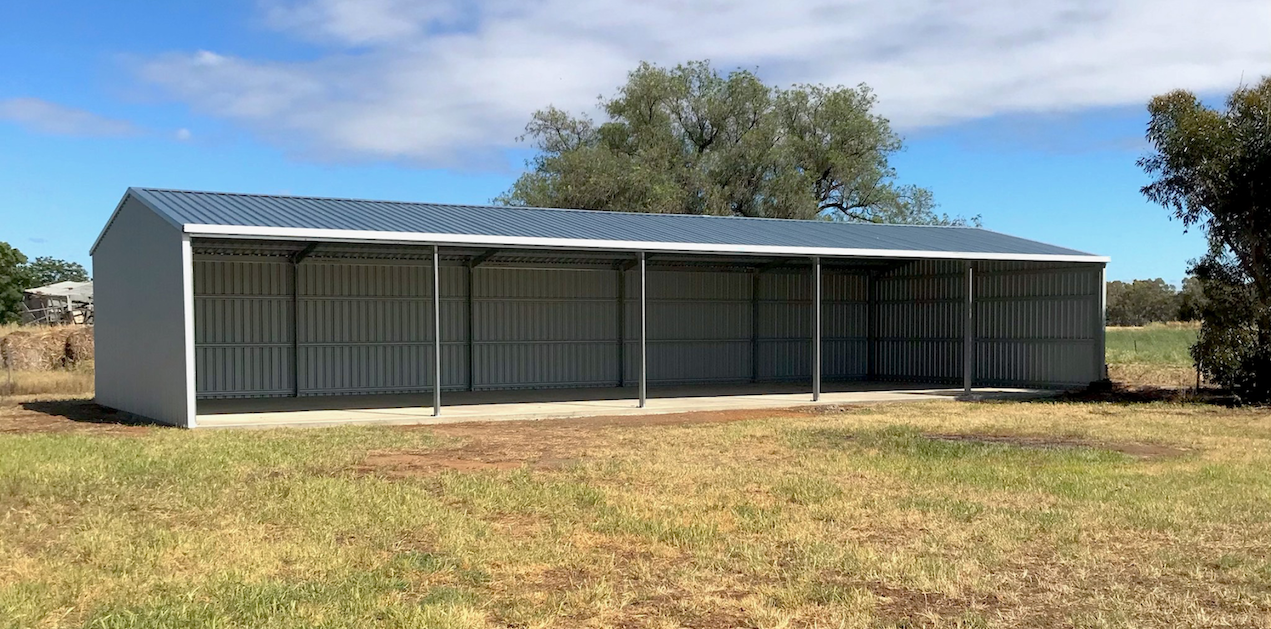
Machinery is the backbone of farming operations, and when it’s not properly protected, your machinery is more susceptible to damage caused by mother nature and other natural elements. Just as would regularly check your machinery for issues that can affect your farming operations, you should also be conducting regular checks on your machinery shed to ensure that it’s still able to provide the required protection to keep your machinery in good working order. If your machinery shed isn’t up to scratch or has developed damage or wear and tear over the years, it can affect the shed’s ability to keep your machinery protected and in good working order. While general wear and tear is only natural and is bound to happen no matter what, there are simple things that you can do to maintain your machinery shed to ensure no extra unwarranted damage is caused.
Pests
Pests. They always seem to know how to make their way into everything and anything, leaving a path of destruction and the machinery in your machinery shed is no exception. Pests like mice and rats, when hungry enough, will gnaw and chew through anything, including any pipes and cables on your machinery. When searching for warmth, pests will make their way into your shed through even the tiniest of spaces before making their way into your machinery and nesting under the hood and around engines or sneaking into the cab. In a way, it’s impossible to make your shed 100% pest-free, but there are steps that you can take to lessen the risk of pest infiltration and damage.
You often check your machinery to ensure that everything is running smoothly and working the way it should, at the same time, you should check your shed for places where pests can find their way in. Noting where any small holes/gaps are and monitoring them along with the condition of your machinery can give you a good indication of whether you have a pest problem that is going to cause your machinery shed and machinery harm.
If your building a new machinery shed, it might be wise to add Vermaseal. Vermaseal sits between your concrete slab and your shed cladding to create a tight seal that makes it harder for pests to find their way into your shed. It also doesn’t allow them to chew or burrow their way in to cause damage to your stored machinery. The only downside to Vermaseal is that it has to be installed during construction and can’t be added to an existing shed.

Weather/Elements
The weather in Australia, while very unpredictable, often sticks to distinct patterns in terms of which way it blows in. While one of the benefits of a machinery shed is the protection it provides your machinery from the weather, it’s often not as straightforward as storing your machinery in there, especially when it comes to machinery sheds with open fronts. An open machinery shed facing the wrong direction can end up exposing your stored machinery to the full force of weather. An enclosed machinery shed that isn’t fully secure or has gaps between the ground level or even gaps in the cladding provides a space for elements like the wind and the rain to find their way in. When your machinery is exposed to the elements, while it’s not immediate over time, it can lead to problems such as rusting, the perishing of rubber parts and tyres and faded paint, amongst an array of other things. When all these little bits of damage start to add up, repairs can get quite costly, but there’s also no point replacing machinery that is in otherwise good working condition. While with an open front machinery shed, it’s almost impossible to keep the weather out due to the design, regular inspections of your shed to see where the weather does impact your shed are important. Identifying where the impact happens can allow you to move things around at certain times of the year to ensure that your machinery isn’t affected by the weather. This goes for fully enclosed sheds too; except if you find that the elements are sneaking into your shed in certain places such as holes or gaps you may be able to cover these up to eliminate it, which once again will help to further protect your machinery.
Fire
On a large property, clearing grass and debris around your machinery shed may seem like an imposition that’s not really worth the time. The dry climate of Australia makes the land extremely prone to the extreme bushfires that we experience in the warmer weather. While metals such as the steel used to construct sheds may be seen by many as a fireproof or fire-resistant material, this is not 100% true as no carbon-based product or substance is 100% fireproof, retardant or resistant. They all have their breaking point when the fire gets to a high enough temperature. Steel structural degradation starts at temperatures as low as 300°c and accelerates even further once it reaches 400°c, which is much lower than the melting point of 1370°c. While fire is extremely unpredictable, and there is often no rhyme or reason to how it causes damage by keeping your machinery shed and the area around it clear of debris and grass that can become a fire hazard when the conditions are right and ensuring any other items that could fuel a fire such as oil, petrol, diesel or flammable/combustible chemicals are stored correctly and safely along with any spills being cleaned up immediately you lessen the risk of your machinery shed and the machinery stored inside being impacted by fire. It also may be wise to not store any items that are combustible or flammable in with your machinery, as even the smallest spark can cause the most devastating fire if the conditions are right.
As machinery shed experts, the All Sheds team can help you build a machinery shed that will help ensure your machinery has as much protection as possible from these common causes of damage and more. Contact the team today to discover how we can help.
